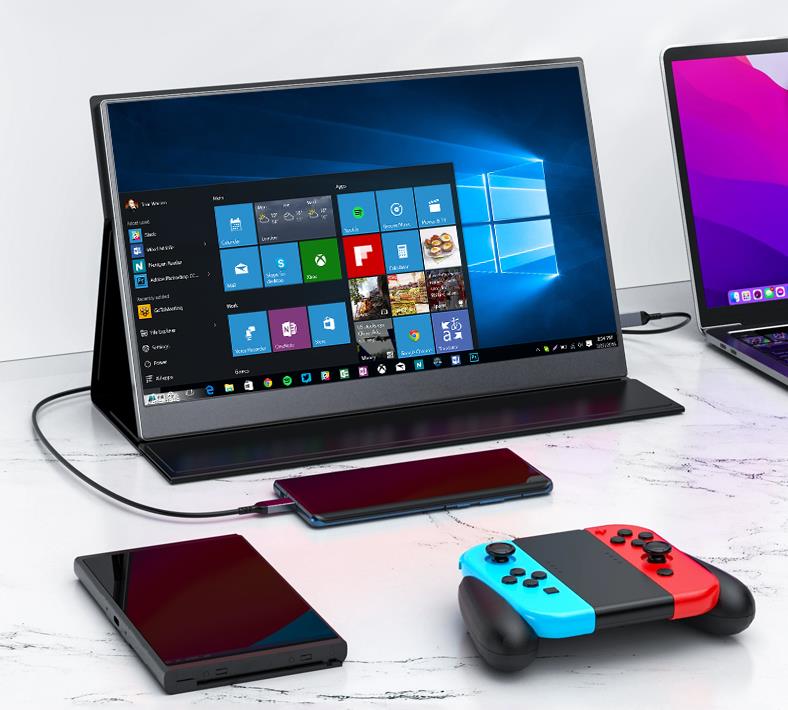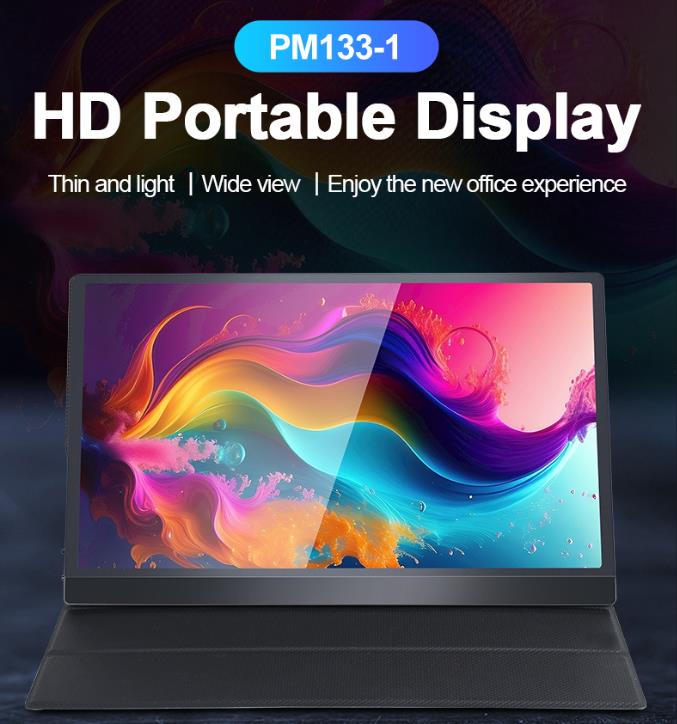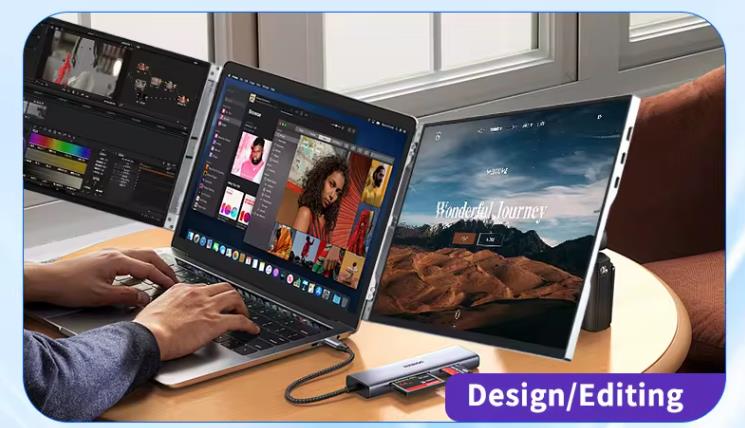- Select Language
As the use scenarios of traditional desktop computers gradually shrink, mini PCs with smaller size, more powerful functions and more flexible deployment are becoming the new favorites of global office, education, industry and other industries. Entering 2025, mini PCs will not only continue to "slim down", but also usher in a qualitative leap in performance, scalability and intelligence.

1. Development characteristics of mini PCs in 2025
Stronger performance, lower power consumption
Equipped with the 13th/14th generation Intel Core or AMD Ryzen mobile processors, the performance is comparable to that of mid-to-high-end notebooks, and it adopts a low-power design to adapt to all-weather operation scenarios.
Support AI acceleration and edge computing
Some high-end mini PCs have built-in AI reasoning modules (such as NPU/TPU), which can perform local image recognition, data analysis, voice processing and other tasks, and are widely used in edge scenarios such as retail terminals, smart security, and robot control.
Smaller size, more complete interfaces
The new generation of mini hosts in 2025 adopts a more compact structure layout. Some products are only the size of a palm, but support rich interfaces such as HDMI, DP, Type-C, Wi-Fi 6, 2.5G network port, multiple USB ports, etc.
Multi-system compatibility, flexible deployment
Compatible with multiple operating systems such as Windows 11, Linux, Ubuntu, Android, etc., support embedded customization, and are widely used in industrial control, self-service terminals, smart education and other industries.
Modularity and maintainability improvement
Most of the new mini computers adopt a modular structure design, which is convenient for quick replacement of SSD, memory or wireless modules to meet enterprise-level deployment and maintenance needs.

2. Application advantages:
Space saving and flexible layout: can be hung behind the monitor or installed under the table without occupying classroom space
Quiet operation, suitable for classroom environment: silent design does not disturb teachers and students to focus on teaching
Ready to use, simple maintenance: supports remote management, convenient for centralized deployment on campus
Support multimedia teaching: can smoothly play courseware videos, AR/VR applications, interactive classroom systems
Seamless connection with teaching platforms: compatible with common platforms such as DingTalk, YuKeTang, ClassIn, and XueXiTong
3. Application scenarios:
Computer classroom/programming training classroom terminal
Smart teaching touch all-in-one machine with embedded host
Teacher preparation/online teaching mini workstation
Campus information release system/electronic class sign terminal

In 2025, mini computers are no longer just a substitute for "light office", but a "marginal brain" connecting people, data and devices. It adapts to space limitations with a small size, undertakes complex calculations with high performance, and adapts to the Internet of Everything with flexible deployment.
In the pursuit of portability, efficiency, and intelligence, mini computers are entering more industry scenarios and becoming the "core computing node" for enterprise digital transformation and personal smart life.